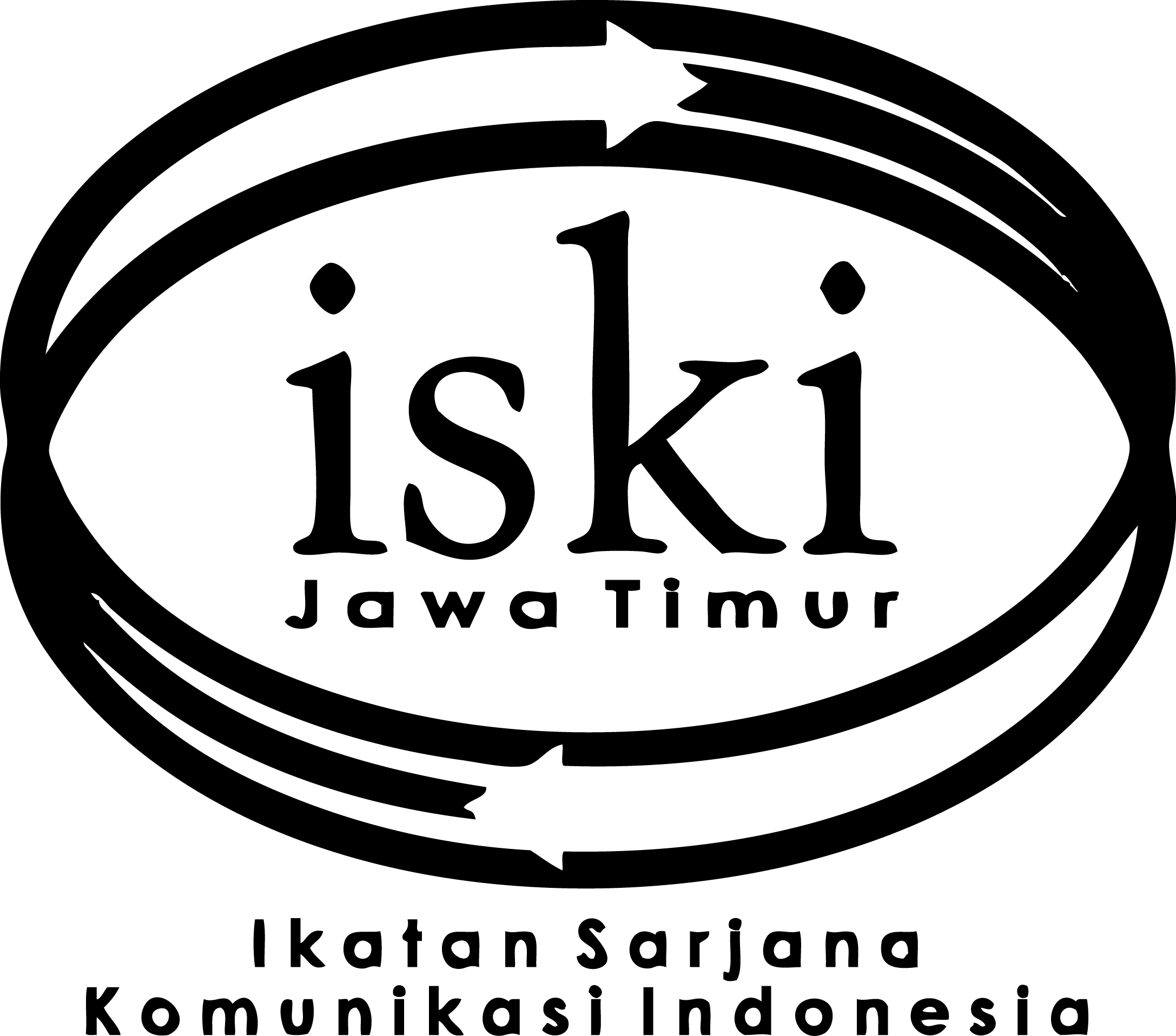A Shared Laugh Between Mother and Daughter Conversation on Daughter’s End-Stage Cystic Fibrosis Disease
English
DOI:
https://doi.org/10.37826/spektrum.v11i3.488Keywords:
Conversation Analysis, Health Communication, Family CommunicationAbstract
Study shows the meaning of laughter can be varied. This article is discussing about the meaning of laughter between a mother and her daughter in the context of health communication, especially within an end-stage disease namely Cystic Fibrosis. This article is using a Conversation Analysis as a method to analyse a series of interaction and divided into several parts of conversation excerpts. The previous studies have also consistently demonstrated that laughter has positive effects on human interaction and social behaviour, including increased social connection, improved mood, and enhanced coping, especially within a ‘crisis moment’ such as coping with an end-stage diseases. This study breaks down the interaction that shows how frustrating life events can be a laugh-worthy memories.
References
Berk, L. S., Felten, D. L., Tan, S. A., Bittman, B. B., & Westengard, J. (2001). Modulation of neuroimmune parameters during the eustress of humor-associated mirthful laughter. Alternative therapies in health and medicine, 7(2), 62-76.
Bennett, M. P., & Lengacher, C. (2008). Humor and laughter may influence health: III. Laughter and health outcomes. Evidence-Based Complementary and Alternative Medicine, 5(1), 37-40.
Darwin, C. (1872). The expression of the emotions in man and animals. London, UK: John Murray.
Dunbar, R. I. (2012). Bridging the bonding gap: The transition from primates to humans. Philosophical Transactions of the Royal Society B, 367(1597), 1837-1846.
Freud, S. (1905). Jokes and their relation to the unconscious. London, UK: Hogarth Press.
Gross, J. J., & John, O. P. (2003). Individual differences in two emotion regulation processes: Implications for affect, relationships, and well-being. Journal of Personality and Social Psychology, 85(2), 348.
Heritage, J., & Clayman, S. (2010). Talk in action: Interactions, identities, and institutions. John Wiley & Sons.
Heritage, J. (1984). A change-of-state token and aspects of its sequential placement. In J. M. Atkinson & J.
Heritage (Eds.), Structures of social action: Studies in conversation analysis (pp. 299-345). Cambridge University Press.
Holt, E. (2019). Conversation analysis and laughter. The Concise Encyclopedia of Applied Linguistics, 275.
Jefferson, G. (2004). Glossary of transcript symbols with an introduction. In Lerner, G. H. (Ed.), Conversation Analysis: Studies from the first generation (pp. 13-31). John Benjamins Publishing.
Kuiper, N. A., Martin, R. A., & Dance, K. A. (1992). Sense of humor and enhanced quality of life. Personality and individual differences, 13(12), 1273-1283.
Lefcourt, H. M., Davidson-Katz, K., & Kueneman, K. (1990). Humor and immune-system functioning. Humor, 3(3), 305-321.
Martin, R. A. (2007). The psychology of humor: An integrative approach. Burlington, MA: Elsevier Academic Press.
Martin, R. A. (2003). Sense of humor. In S. J. Lopez & C. R. Snyder (Eds.), Positive psychological assessment: A handbook of models and measures (pp. 313-326). Washington, DC: American Psychological Association.
McGraw, A. P., Warren, C., & Williams, L. E. (2015). The rise and fall of humor: Psychological distance modulates humorous responses to tragedy. Social Psychological and Personality Science, 6(4), 369-376.
McGraw, A. P., & Warren, C. (2010). Benign violations: Making immoral behavior funny. Psychological Science, 21(8), 1141-1149.
Meyer, J. C. (2000). Humor as a double-edged sword: Four functions of humor in communication. Communication Theory, 10(3), 310-331.
Moran, C. C. (1996). Short-term mood change, perceived funniness, and the effect of humor stimuli. Behavioral Medicine, 22(1), 32-38.
Provine, R. R. (2000). Laughter: A scientific investigation. New York, NY: Viking.
Ruch, W., & Ekman, P. (2001). The expressive pattern of laughter. In A. Kazdin (Ed.), Encyclopedia of psychology (Vol. 4, pp. 163-166). Washington, DC: American Psychological Association.
Samson, A. C., & Gross, J. J. (2012). Humour as emotion regulation: The differential consequences of negative versus positive humour. Cognition & Emotion, 26(2), 375-384.
Samson, A. C., Hempelmann, C. F., Huber, O. W., & Zysset, S. (2016). Neural substrates of incongruity-resolution and nonsense humor. Neuropsychologia, 84, 139-147.
Schegloff, E. A., Jefferson, G., & Sacks, H. (1977). The preference for self-correction in the organization of repair in conversation. Language, 53(2), 361-382.
Sukma Alam. (2020). the Role of Influencer as Persuasive Communication for Covid-19 Prevention. Jurnal Spektrum Komunikasi, 8(2), 136-148. https://doi.org/10.37826/spektrum.v8i2.106
Wild, B., Erb, M., Bartels, M., & Grodd, W. (2003). Why are smiles contagious? An fMRI study of the interaction between perception of facial affect and facial movements. Psychiatry Research: Neuroimaging, 123(1), 17-36.

























